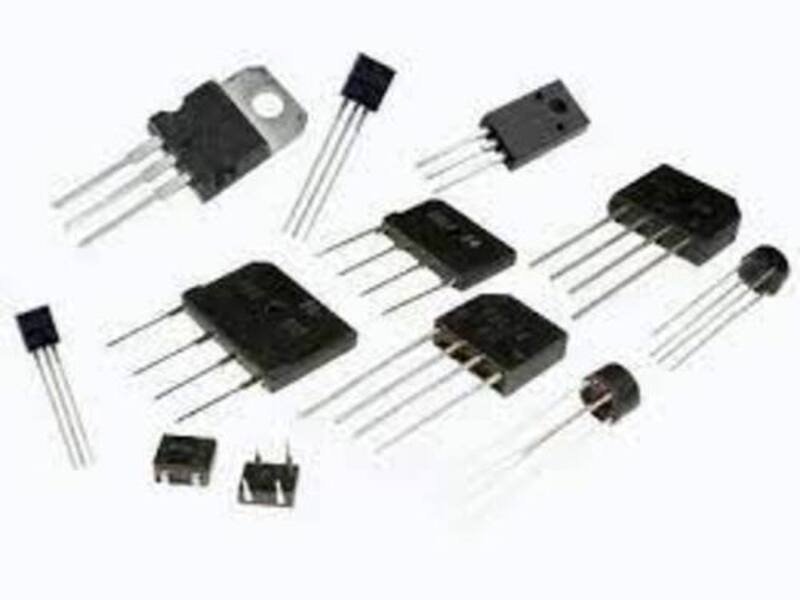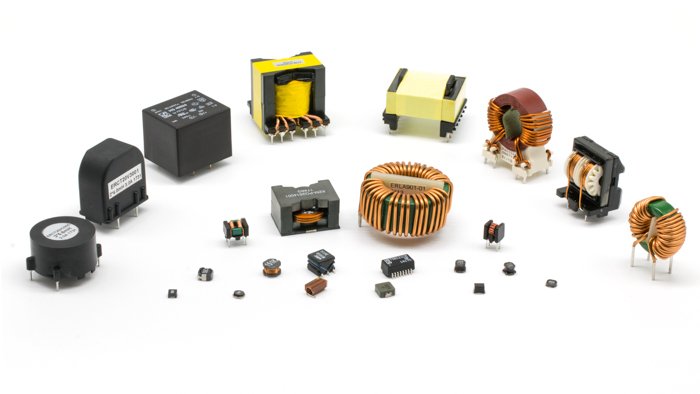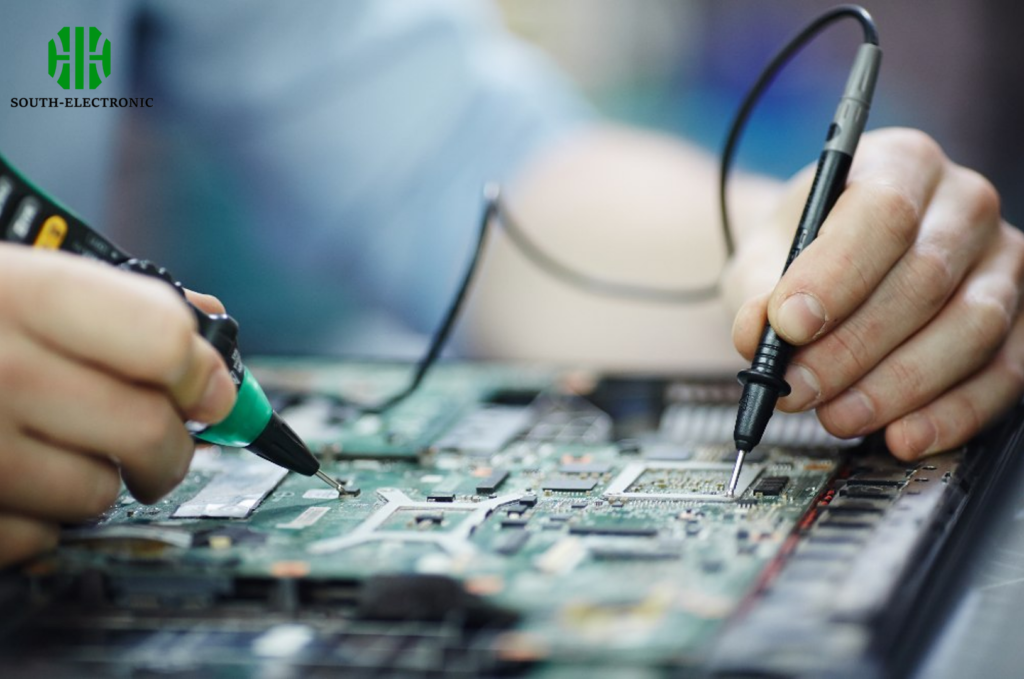Without passive components, circuits collapse. Signals distort, power fluctuates, projects fail. These silent heroes regulate energy without demanding power to function. Their proper use prevents chaos in electronics.
Passive components store or control electrical energy without external power. They don’t amplify signals but stabilize circuits. Resistors limit current, capacitors store charge, inductors manage magnetic fields. Essential for filtering noise and setting timing.

Now, explore how they differ from active parts. Uncover their core types and real-world roles. Learn practical selection methods. Start with their defining trait:
How Do Passive Components Differ from Active Components?
Active parts cause confusion in schematics. Mislabel them and boards malfunction. Recognize key differences to avoid design disasters.
Passives operate without extra power. Actives like transistors need it to amplify signals. Passives manage energy flow. Actives create power gain and switching actions.

Understanding the Key Distinctions
| Feature | Passive Components | Active Components |
|---|---|---|
| Power Source | Not required | Required |
| Signal Amplification | Impossible | Achieved through gain |
| Function Examples | Store, resist, block energy | Switch, amplify, generate |
| Primary Role | Energy management | Signal modification |
Passives like resistors control current with resistance. Actives modify signals using external power. For instance, capacitors filter noise statically. A transistor boosts weak audio signals. Passives don’t add energy. Actives inject energy into circuits. This fundamental split affects every design. Choosing wrong types causes overheating or signal loss.
What Are the Common Types of Passive Components and Their Applications?
Misfit passives sabotage projects. Using incorrect values wastes time and money. Match your needs to avoid costly rebuilds.
Key passives are resistors, capacitors, and inductors. They each handle different energy aspects. Resistors reduce current levels. Capacitors store electrical charge. Inductors oppose voltage shifts.

Types and Circuit Roles
Resistors: Current Control Masters
Resistors set current flow. Found in every piece of circuitry, from phones to cars. They also create voltage splits. Use high-power resistors in heaters.
Capacitors: Charge Storage Tools
Capacitors hold and release electric charge. Smooth power ripples in supplies. Enable timing in blinking lights. Block direct current while passing signals.
Inductors: Magnetic Energy Managers
Inductors store energy in magnetic fields. Block sudden voltage changes. Critical in radios and transformers. Boost efficiency in DC converters.
| Component | Core Job | Everyday Uses |
|---|---|---|
| Resistor | Limit current flow | LED protection, sensor circuits |
| Capacitor | Store/release charge | Filtering noise, coupling audio |
| Inductor | Oppose current change | Power supplies, RF tuners |
Resistors create safe paths for electricity. Capacitors ensure steady voltage. Inductors handle energy conversion. Know their strengths to pick properly.
How to Choose the Right Passive Components for Your Project?
Wrong selections cripple performance or fry boards. Mismatches breed failures and frustration. Apply clear rules to get it right fast.
Focus on voltage limits, tolerance ranges, and footprint sizes. Match specs to your circuit requirements. Confirm real-world demands like heat levels.

Key Decision Factors
Value Precision and Stability
Check tolerance percentages. A ±20% capacitor ruins precision circuits. Use ±1% resistors for sensors.
Physical and Thermal Limits
Note size and temperature ratings. Tiny SMD caps fit phones. Robust resistors endure engine heat.
Cost Versus Performance
Balance budget against needs. Generic resistors suffice for simple tasks. Ceramic capacitors cost less than films.
| Factor | Why It Matters | Example |
|---|---|---|
| Tolerance level | Defines allowed error margin | ±5% resistor for cheap toys |
| Voltage rating | Avoids part burnout | 50V capacitor in 12V circuits |
| Operating temp | Ensures stability under heat | High-grade inductor for computers |
Verify data specifics. Match resistors to voltage drops. Pick capacitors with sufficient storage. Confirm inductor sizes will fit.
Conclusion
Passive components form circuit foundations without power needs. Know their types, differences, and selection strategies. Apply insights for stable designs.



